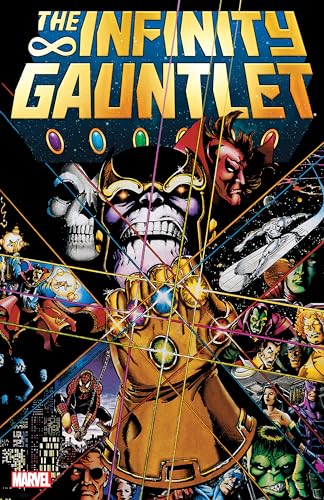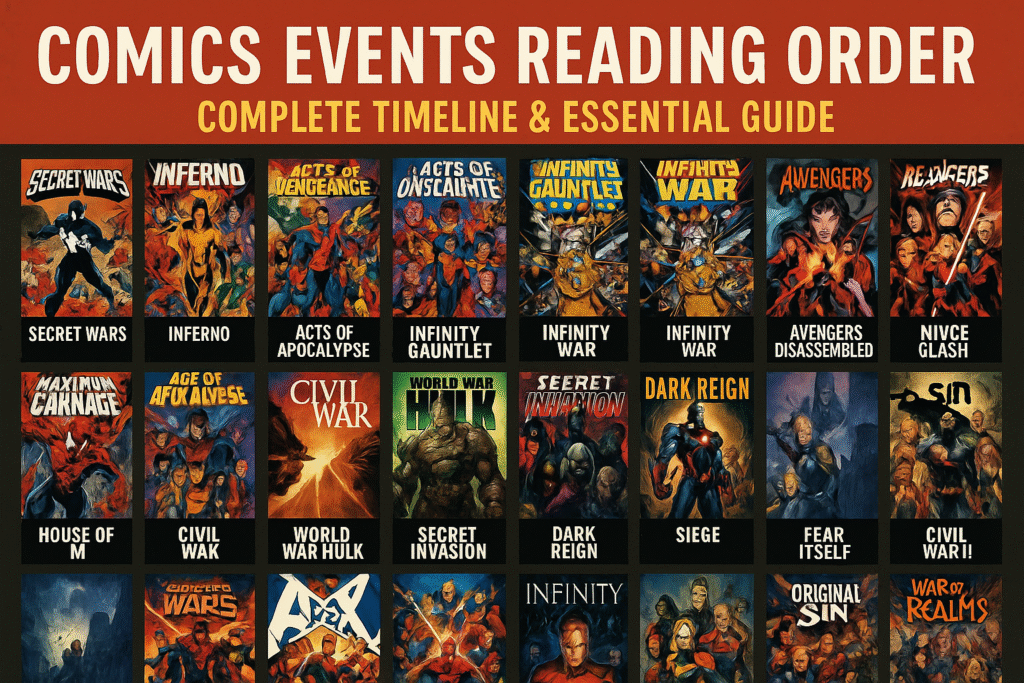
Table of Contents
Table of Contents
Marvel Events Reading Order – Complete Timeline & Essential Guide
1. Introduction
The Marvel Universe isn’t just a collection of standalone superhero stories—it’s a sprawling, interconnected narrative tapestry where characters evolve, teams rise and fall, and reality itself is rewritten. At the heart of this storytelling engine lie Marvel’s crossover events—epic sagas that bring together heroes, villains, and readers for universe-shaking showdowns.
From Secret Wars to Judgment Day, these events define eras, shift the status quo, and ripple across countless titles. They often serve as narrative milestones that mark beginnings, endings, or seismic reboots of continuity.
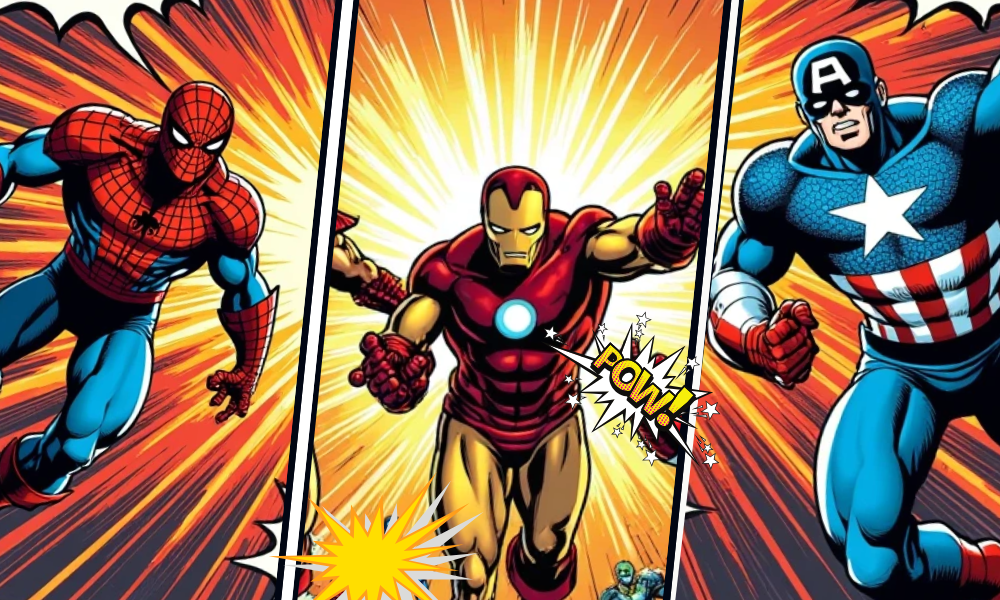
Why Reading Order Matters
Marvel’s events aren’t self-contained novellas—they’re often serialized across multiple series, packed with tie-ins, preludes, aftermath issues, and side stories. Jumping in at random can leave new readers disoriented or worse—spoiled on major plot twists.
Understanding the correct reading order ensures:
- Continuity clarity – seeing events unfold as they were intended
- Spoiler avoidance – maintaining dramatic reveals
- Emotional investment – watching character arcs grow organically across titles
Reading in sequence allows you to witness how events affect not just the Marvel Universe at large, but individual characters like Iron Man, Spider-Man, or Storm—whose personal journeys are often redefined by these crossover moments.
What This Guide Offers
This guide was created to help both new and seasoned readers confidently navigate Marvel’s most important events. You’ll find:
- A chronological breakdown of major Marvel events by era
- Notes to help identify the core series versus optional tie-ins
- A curated list of trusted resources offering deeper dives, alternative routes (X-Men-only, cosmic-only), and printable reading checklists
Whether you’re looking to start with the essentials or embark on a full-universe exploration, this guide is your map through Marvel’s biggest moments.
2. What Are Marvel Events?
Marvel events are large-scale crossover storylines that span multiple comic book series, characters, and sometimes entire universes. Unlike standard solo or team-based arcs, events are designed to affect the fabric of the Marvel Universe, often introducing major conflicts, game-changing revelations, or universe-altering consequences.
The Anatomy of a Marvel Event
At their core, Marvel events typically follow a two-part structure:
- Main Series (Core Miniseries)
This is the heart of the event—usually a limited series (e.g., Civil War #1–7)—that tells the primary story. It introduces the conflict, escalates the stakes, and delivers the major turning points. - Tie-Ins (Supporting Issues Across Other Titles)
These are companion stories published in ongoing or specially created series (e.g., Amazing Spider-Man, New Avengers, X-Men), offering side perspectives, character reactions, and sometimes essential background details. While many are optional, some tie-ins become fan favorites for the depth they provide.
This model allows readers to engage at their preferred level—whether you just want the essentials or are ready to dive into the full, immersive experience.
Why They Matter
Marvel events aren’t just blockbuster storytelling for the sake of spectacle. They serve critical narrative functions:
- Resetting the status quo: Events often lead to new team lineups, power shifts, or world governments (e.g., Dark Reign, Secret Empire).
- Character evolution: Events frequently push heroes and villains to their limits, forging iconic transformations (e.g., Scarlet Witch in House of M, Iron Man in Civil War).
- World-building at scale: Events allow disparate parts of the Marvel Universe—street-level, cosmic, mutant, supernatural—to collide and cohere.
Whether it’s a Skrull invasion, a war between Avengers and X-Men, or the collapse of the multiverse, Marvel events are where the biggest ideas and boldest storytelling come to life.
3. How to Approach Marvel Events
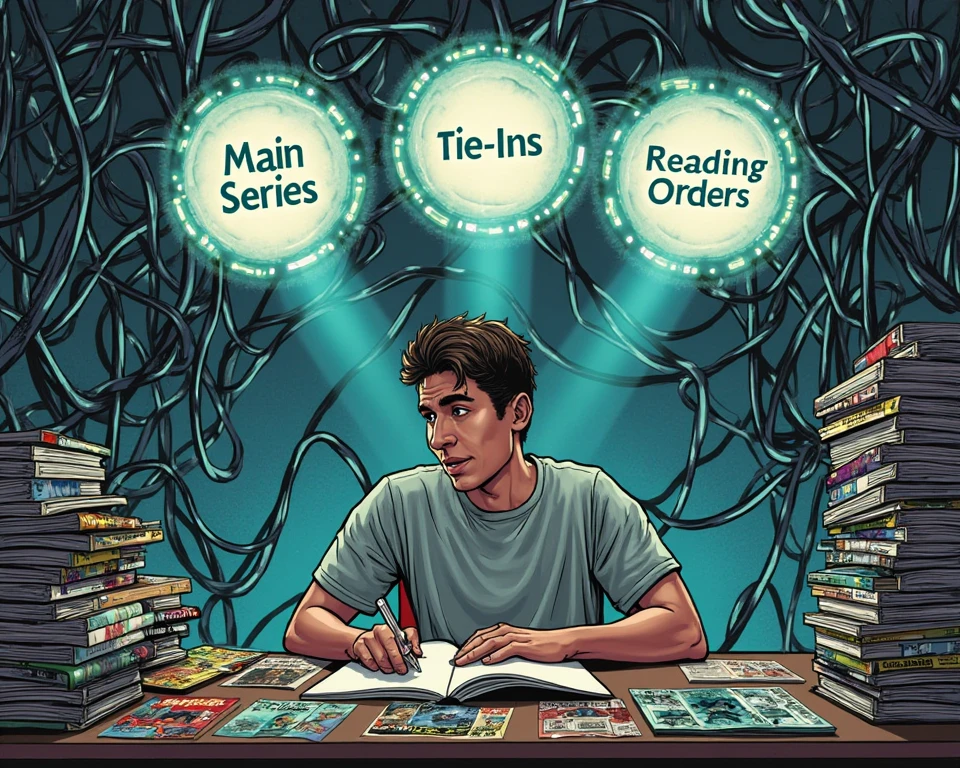
Jumping into Marvel’s crossover events can feel overwhelming, especially with dozens of issues across different titles, timelines, and character arcs. But the key to enjoying these epics without burning out is strategy. Here’s how to navigate Marvel events without losing your way—or your enthusiasm.
Start with the Main Series
Every Marvel event has a central miniseries that tells the core story. This is your starting point. It’s where the major plot unfolds—from the inciting incident to the climax and resolution. For example:
- Secret Invasion #1–8 tells the main alien infiltration arc.
- Civil War #1–7 drives the ideological clash between Iron Man and Captain America.
Even if you ignore everything else, reading just the main event will give you a complete narrative experience.
Explore Tie-ins Selectively
While tie-ins can add valuable context, character development, or alternate perspectives, they’re not always essential. Think of them as bonus content—they expand the world, but the core story still makes sense without them.
Smart strategies for handling tie-ins:
- Focus on titles for your favorite characters (e.g., read X-Men tie-ins if you’re a mutant fan).
- Use online guides to filter essential vs. optional issues.
- Avoid burnout: you don’t need to read everything to enjoy the ride.
Use Chronology Guides
Event reading order isn’t always linear—some stories involve flashbacks, prelude issues, or aftermath arcs that appear months later. That’s where curated reading orders come in.
Rely on trusted fan guides (like Comic Book Herald or Comic Book Reading Orders) that:
- Present chronological reading lists, including core issues and tie-ins
- Highlight essential vs. recommended reads
- Break events into reading “tracks” for character- or theme-specific focus (e.g., Cosmic, X-Men, Avengers)
A well-structured reading guide turns chaos into clarity—and makes the Marvel Universe feel less like a labyrinth and more like a roadmap.
4. Major Marvel Events – Chronological Reading Order
To fully understand the evolution of the Marvel Universe, it’s helpful to see its major events laid out in sequence. This chronological guide breaks the events into three key eras—Classic, Modern, and Contemporary—so you can follow the progression from early cosmic clashes to today’s multiversal crises.
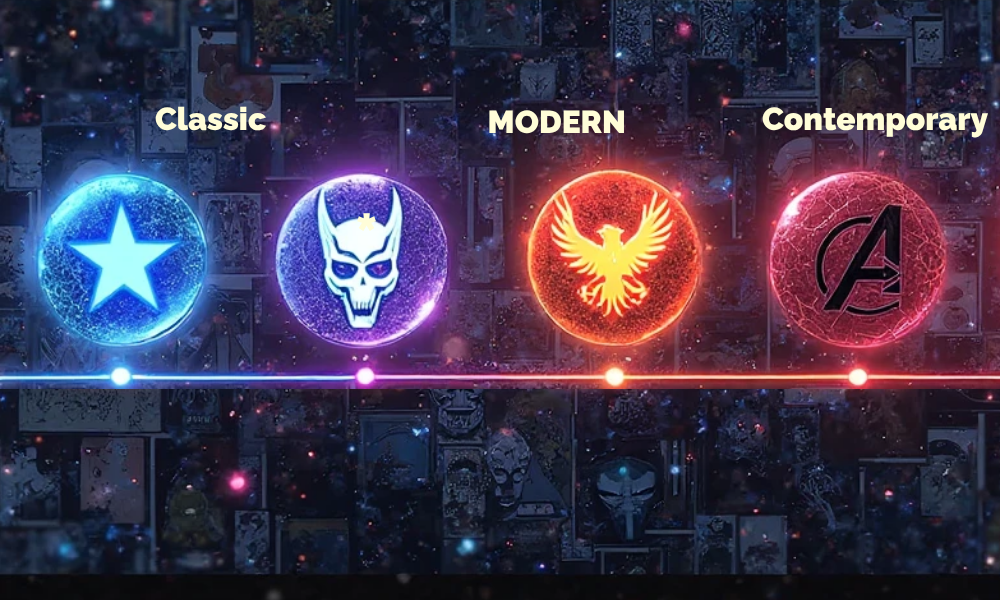
Below is a table of Marvel’s most significant crossover events:
| Era | Event Name | Year | Notes/Highlights |
| Classic | Kree-Skrull War | 1971–1972 | Avengers vs. alien empires |
| Classic | Secret Wars | 1984–1985 | First major crossover; heroes vs. villains on Battleworld |
| Classic | Mutant Massacre | 1986 | X-Men-centric; Morlocks targeted |
| Classic | Infinity Gauntlet | 1991 | Thanos wields the Infinity Gems |
| Modern | Age of Apocalypse | 1995 | X-Men in an alternate dystopian timeline |
| Modern | Onslaught | 1996 | Heroes unite against a powerful psychic entity |
| Modern | House of M | 2005 | Scarlet Witch rewrites reality |
| Modern | Civil War | 2006–2007 | Superhero registration divides the community |
| Modern | World War Hulk | 2007 | Hulk returns to Earth seeking vengeance |
| Modern | Secret Invasion | 2008 | Skrulls infiltrate Earth disguised as heroes |
| Modern | Dark Reign | 2009 | Villains take power after the invasion |
| Modern | Siege | 2010 | Norman Osborn’s fall; Asgard under siege |
| Modern | Fear Itself | 2011 | Asgardian weapons spark global chaos |
| Modern | Avengers vs. X-Men | 2012 | Heroes clash over the Phoenix Force |
| Modern | Infinity | 2013 | Thanos attacks Earth during a cosmic war |
| Modern | Secret Wars | 2015 | Multiverse collapses into Battleworld |
| Contemporary | Civil War II | 2016 | Divided over predicting future crimes |
| Contemporary | Secret Empire | 2017 | Hydra-controlled Captain America rises |
| Contemporary | Absolute Carnage | 2019 | Symbiotes spread chaos through Knull’s cult |
| Contemporary | King in Black | 2021 | Symbiote god Knull invades Earth |
| Contemporary | Judgment Day | 2022 | Eternals, Avengers, and X-Men collide |
| Contemporary | Blood Hunt | 2024 | Vampire uprising threatens the Marvel Universe |
How to Use This Table
- Start with any event that aligns with your interests (cosmic, mutant, Avengers-based).
- Use the notes column to quickly assess tone, scale, and relevance to favorite characters.
- For a focused reading experience, consider limiting yourself to a specific era or storyline theme.
This timeline isn’t exhaustive of every crossover, but it captures the defining events that shaped Marvel continuity from the 1970s to today.
5. Tips for Reading Marvel Events
Marvel’s event catalog can feel like a labyrinth—packed with timelines, alternate realities, and sprawling tie-ins. But with the right approach, you can turn that chaos into a coherent, thrilling reading experience. Here’s how to make the most of your Marvel event journey:
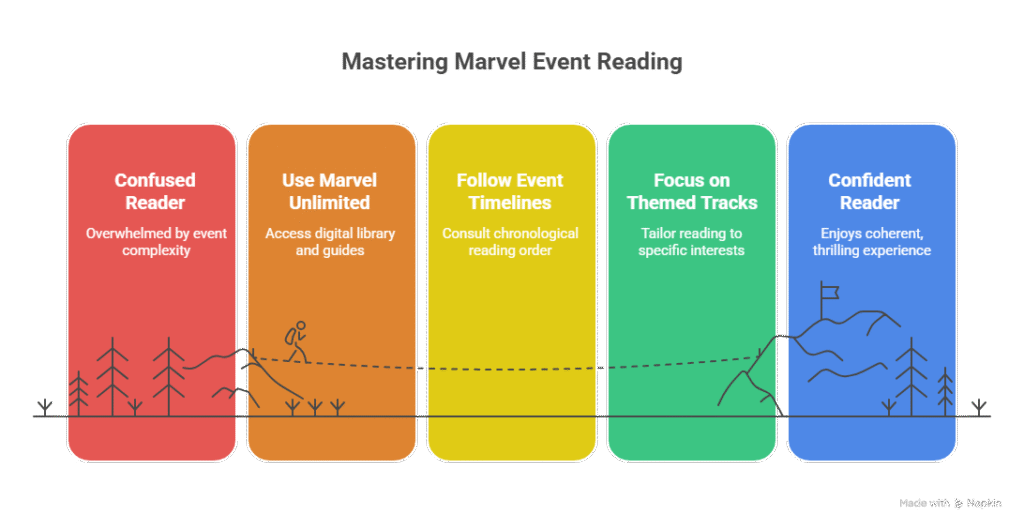
1. Use Marvel Unlimited
If you’re not collecting physical issues, Marvel Unlimited is the most convenient way to read event comics. It offers:
- A massive digital library of over 30,000 comics
- Most major events, including core series and tie-ins
- Curated reading guides for key crossovers
Many events have dedicated reading lists within the app, making it easier to follow the right sequence without guessing issue numbers.
2. Follow Event Timelines
Events are rarely published in a straight line. Issues may release out of narrative order, and tie-ins can spoil major twists if read too soon.
To avoid confusion:
- Always consult a chronological reading order guide (like those from Comic Book Herald or Crushing Krisis)
- Prioritize release order only when you’re reading issue-by-issue
- Check for “Reading Order” pages inside Marvel Unlimited or collected editions
Reading events in timeline order enhances character development arcs, preserves story pacing, and maintains narrative tension.
3. Focus on Themed Tracks
Not all events impact every character equally. You can tailor your reading experience by sticking to a narrative “track” that follows a specific team, genre, or type of conflict. For example:
- X-Men Track: Events like Mutant Massacre, House of M, Age of Apocalypse, Judgment Day
- Cosmic Track: Infinity Gauntlet, Annihilation (not listed above), Infinity, King in Black
- Avengers-Centric Track: Civil War, Secret Invasion, Siege, Secret Empire
This approach is especially helpful for newer readers who want depth over breadth. By following one path at a time, you’ll get a richer understanding of characters and how they evolve across events.
6. Recommended Resources
Even the most seasoned Marvel fans use curated guides to navigate the publisher’s vast and often nonlinear continuity. Whether you’re a new reader trying to avoid spoilers or a collector hunting for tie-ins, these trusted resources will help you dig deeper into every event and timeline.
Reddit r/Marvel Wiki
- A community-driven knowledge base updated in real-time by passionate readers.
- Features frequently asked questions, event orders, and reading strategies contributed by fans.
- Excellent for discovering crowd-sourced opinions on what to read—or skip.
Wikipedia
- While not as curated, Wikipedia offers solid publication histories, issue lists, and tie-in references for each event.
- Best used for quick reference and cross-checking issue numbers or publication dates.
- Start by searching the event name (e.g., “Secret Invasion (comics)”).
These resources are your sidekicks as you traverse Marvel’s event-heavy multiverse—reliable, updated, and tailored to different reading styles and goals.
7. References & Further Reading
For those who want to explore deeper or verify specific reading sequences, the following resources provide thoroughly researched, regularly updated guides to Marvel’s event continuity:
- Comic Book Herald: Complete Marvel Reading Order Guide
A full chronological map of Marvel’s events, tie-ins, and ongoing series, complete with curated fast-track routes and expert analysis. - Comic Book Reading Orders: Marvel Events
Streamlined event reading lists with issue-by-issue breakdowns for both main storylines and optional tie-ins. Great for readers who want structure without fluff. - Crushing Krisis: Marvel Events Reading Order
Detailed event timelines filtered by character, franchise, or publishing era. Ideal for readers tracking individual heroes or collecting trade editions. - Reddit r/Marvel: FAQ & Guides
A live, community-driven knowledge hub with event FAQs, reading order discussions, and curated wiki entries from Marvel readers around the world.
Final Words
Marvel’s event history is vast, chaotic, and often awe-inspiring. But the key to enjoying it isn’t in reading everything—it’s in reading what resonates.
If you’re drawn to team dynamics and ideological clashes, start with Avengers-centric events like Civil War or Secret Invasion. Prefer high-stakes space operas? Try the cosmic line—Infinity Gauntlet, Annihilation, King in Black. Love the mutants and moral ambiguity? There’s a rich thread of X-Men-focused crossovers, from Mutant Massacre to Judgment Day.
Whatever your interest, there’s an event that will speak your language. And the beauty of it is—you don’t need to read every tie-in or spin-off to enjoy the core experience. Stick to the main series, expand if you’re curious, and let the Marvel Universe unfold at your pace.
Bookmark this guide. Refer back when you’re ready for the next big saga. And remember: in a world of alternate realities, shifting timelines, and symbiote gods, the only “right” way to read is the one that keeps you turning the page.
F.A.Q
Do I need to read every Marvel event in order?
No. While some events build off the aftermath of others (e.g., Secret Invasion → Dark Reign → Siege), most are designed to be readable as standalone stories. You can start with any event that interests you and refer back to previous ones if needed.
Should I read all the tie-ins?
Not necessarily. Tie-ins expand the scope of the event, showing how different characters are affected, but they’re often optional. If you’re short on time, stick to the main event miniseries. Use curated reading guides to identify “must-read” vs. “skippable” tie-ins.
Where’s the best place to start with Marvel events?
A few beginner-friendly starting points include:
Infinity Gauntlet – Cosmic stakes, iconic villain (Thanos), minimal tie-ins.
Civil War – Grounded conflict, classic Avengers story, major ramifications.
Secret Invasion – Suspense-driven and central to modern continuity.
Pick based on your interests—Avengers, X-Men, or cosmic Marvel.
Are Marvel events connected to the movies or TV shows?
Yes, many MCU storylines are inspired by comic events:
Civil War (MCU) → Based on Civil War (2006)
Secret Invasion (Disney+) → Loosely based on Secret Invasion (2008)
Infinity War → Based on Infinity Gauntlet (1991)
However, the comics tend to be broader and more complex than their on-screen adaptations.
Can I read Marvel events digitally?
Absolutely. Marvel Unlimited offers digital access to most event series and tie-ins. Many events also come in collected editions (print or digital) that bundle the core issues and key tie-ins in one place.
What’s the difference between the main event and tie-ins?
The main event is the central miniseries where the primary story unfolds. Tie-ins are companion issues published in other ongoing series or limited runs that expand the event’s world but aren’t required to follow the plot.



